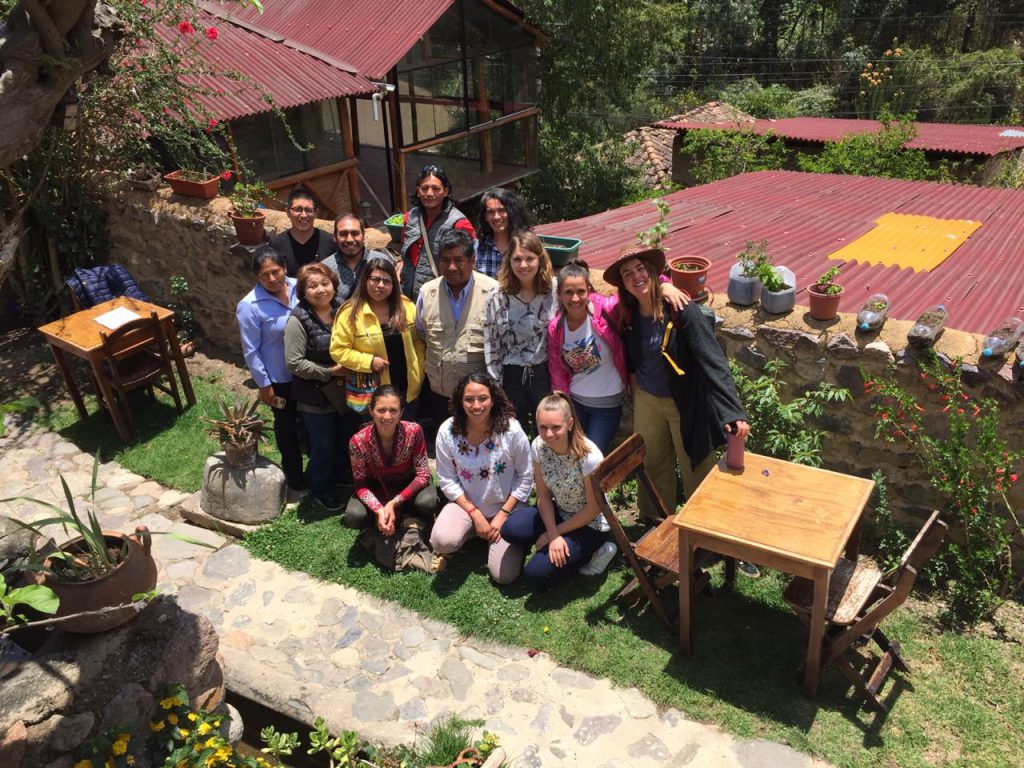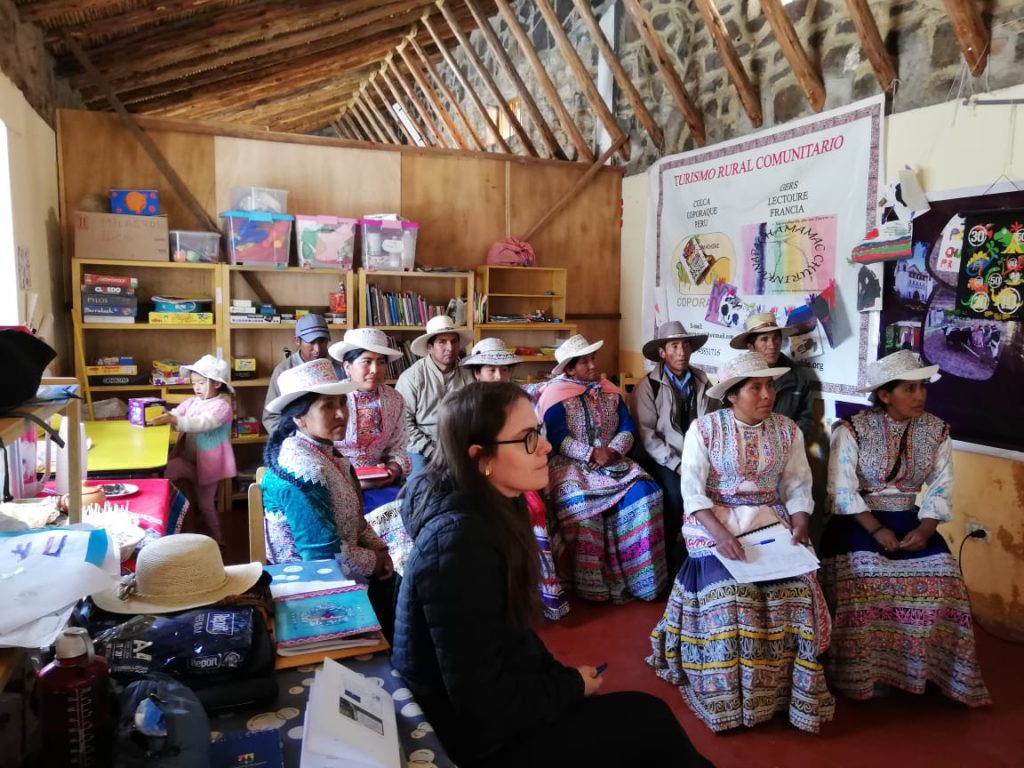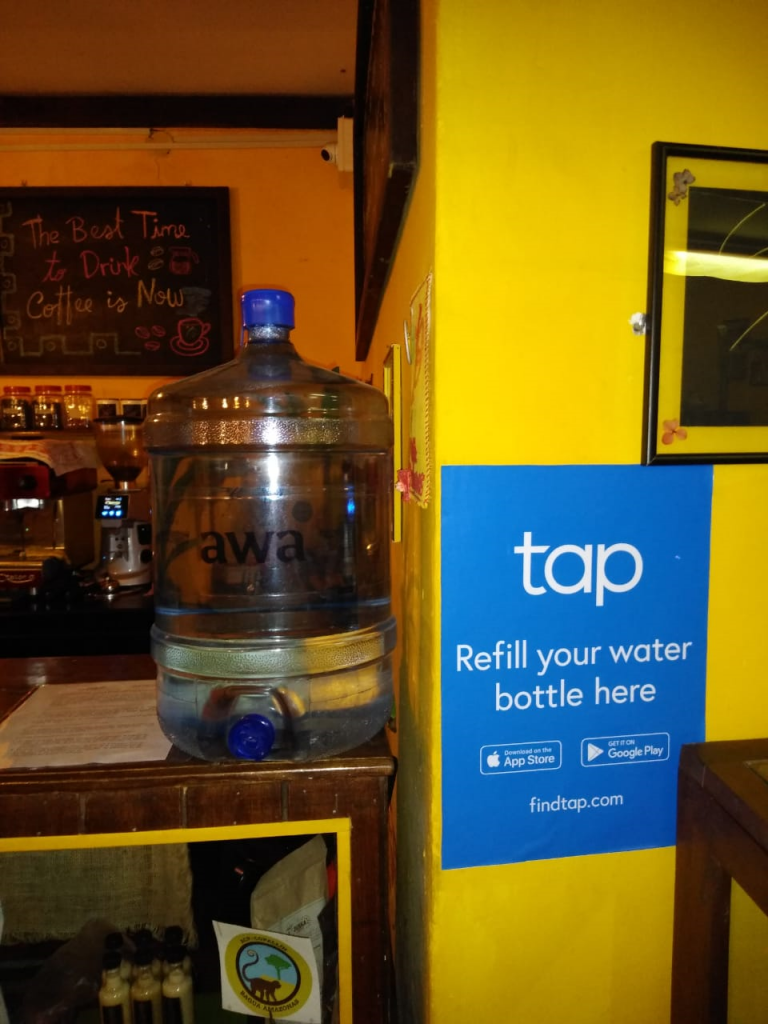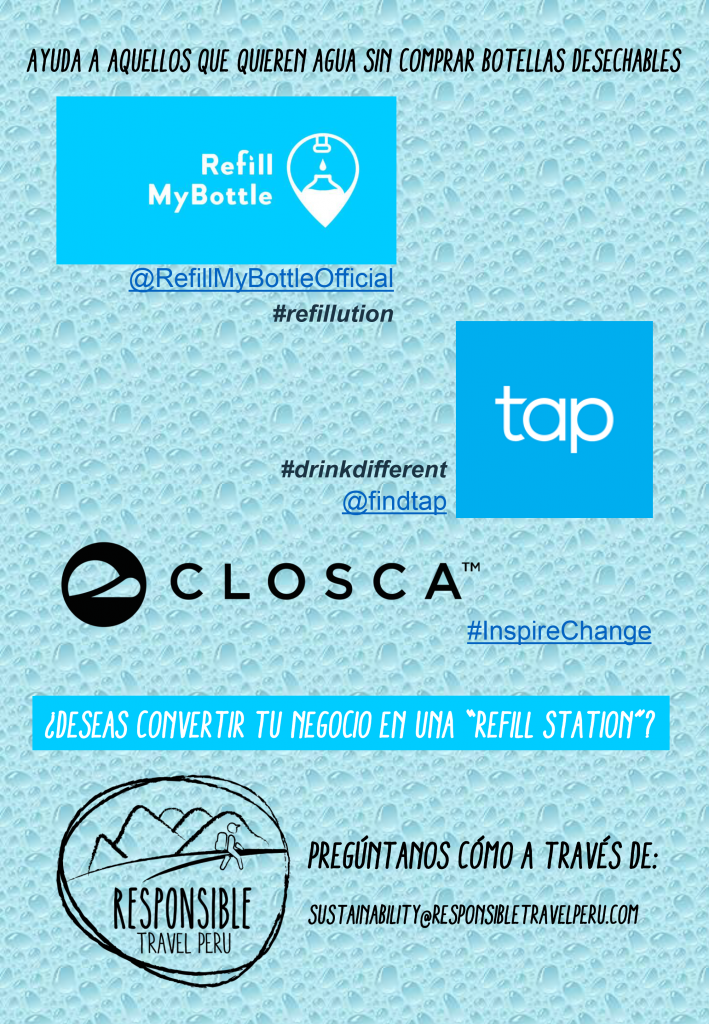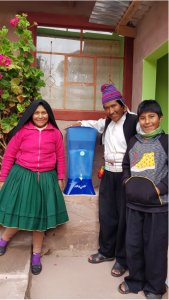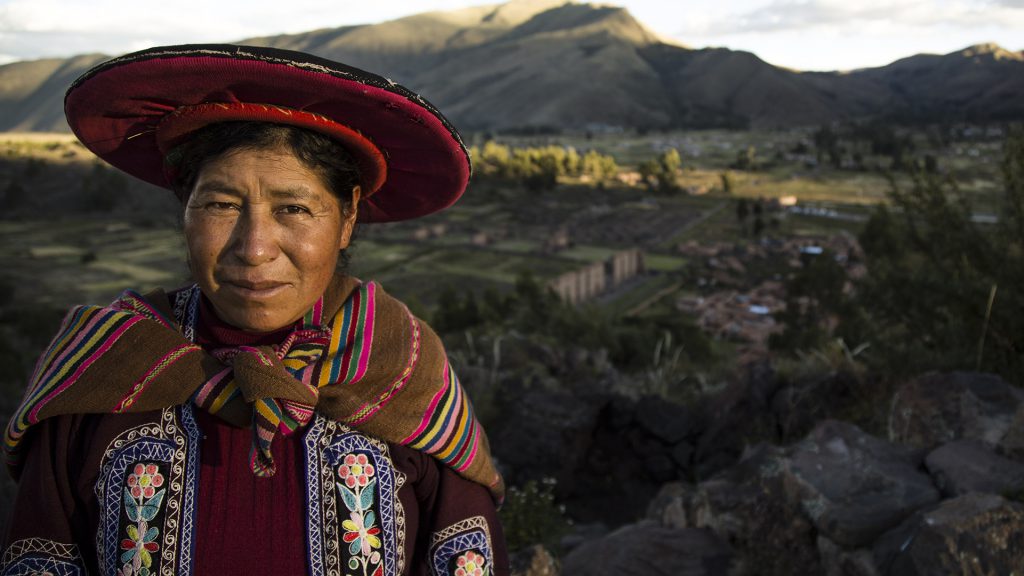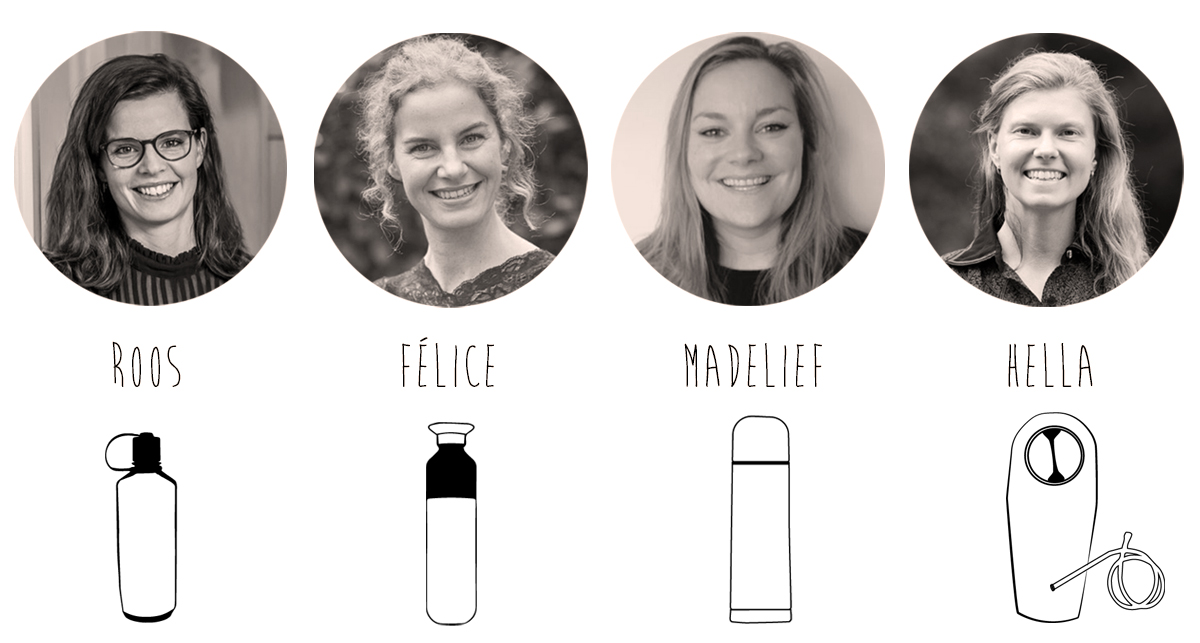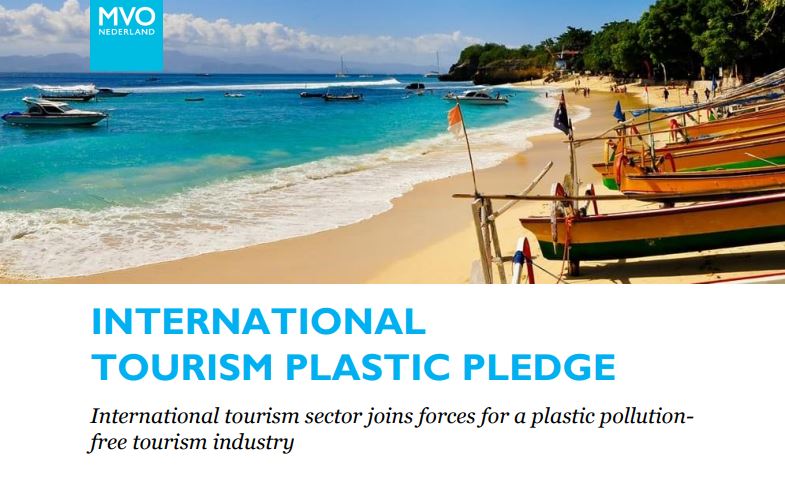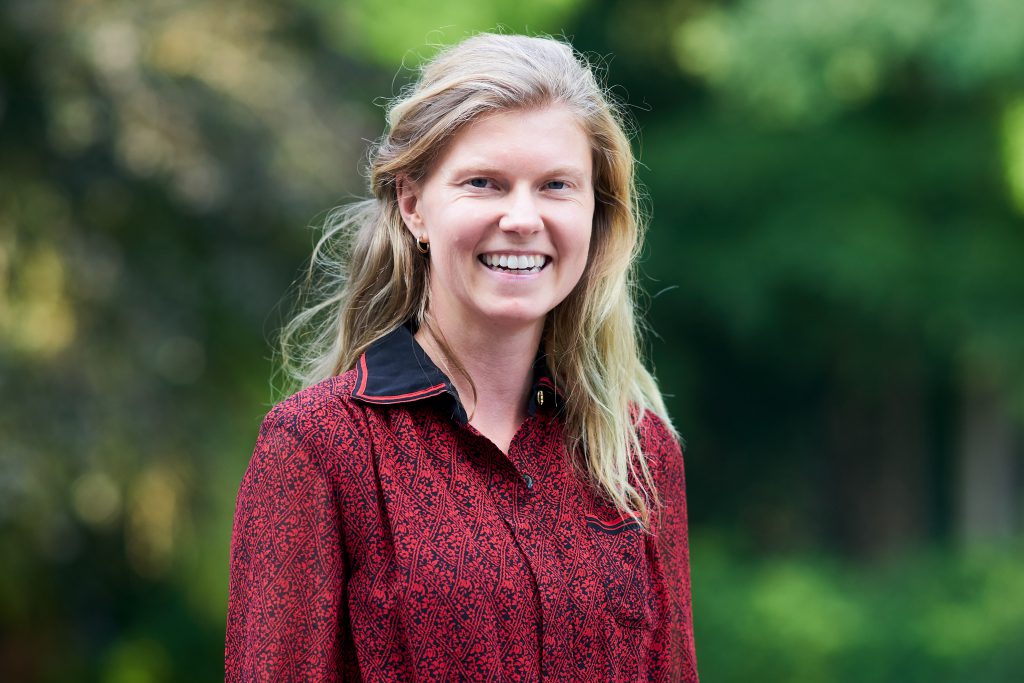Going on holiday? Or looking for refill stations in your neighbourhood? Bring your durable bottle and use a refill app to find the nearest refill station. We searched in the two main app stores and found >10 different water refill apps plus some online refill platforms. How do you know which refill app to use? Refill Ambassadors is here to help you!
‘GLOBAL’ REFILL APPS
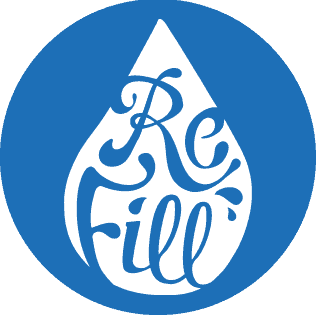
Refill includes >30.000 free refill points in public areas and local venues across the U.K., and elsewhere in the world. Users can easily add new refill points and track how many bottles they have saved. (HQ: U.K.)
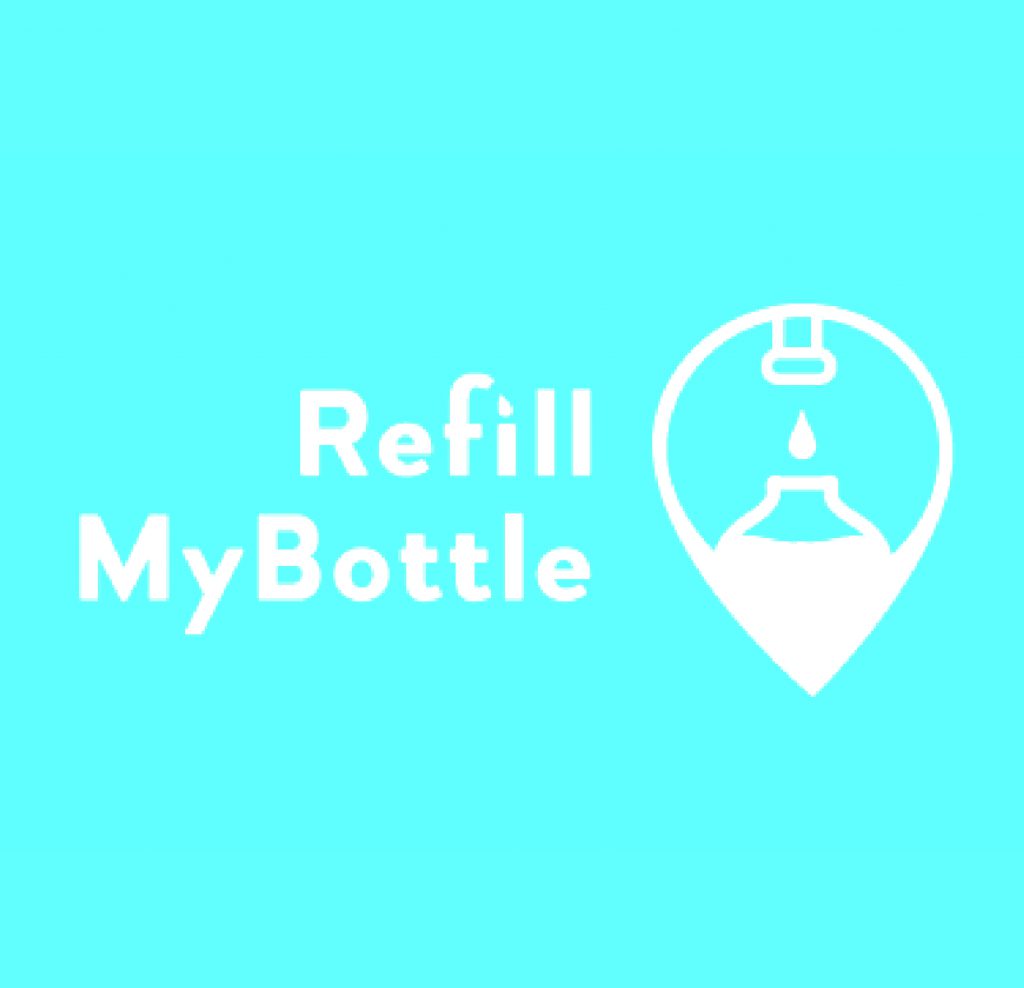
RefillMyBottle depicts refill stations around the world, mainly across South-East Asia (HQ: Indonesia). Interestingly, this app also displays paid refill points. Venues can sign up easily. RefillMyBottle collaborates with the project RefillNotLandfillAsia, which also have a map of refill points on their website.
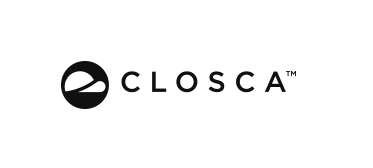
Closca has more than 200.000 refill stations across the world. Users can collect points to get discounts on products for each bottle refill. (HQ: Spain).
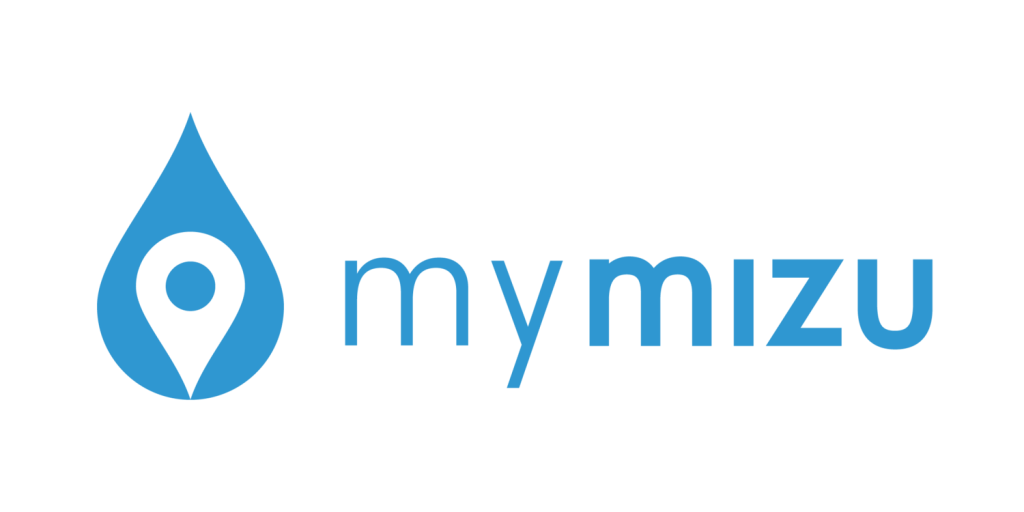
mymizu displays almost 200.000 refill stations around the world, with new refill points being added every day. (HQ: Japan).

Tap shows free refill points in local businesses across the globe, mostly in Canada and the U.S.A. We think it has a nice lay-out and some cool extra features, but adding a new refill station is rather time consuming. (HQ: U.S.A).
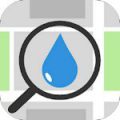
Find Water is based on the idea of mapping drinking water sources across the globe using Open Street Map. The app is still in its 1.0 version. (HQ: unknown).
‘LOCAL’ REFILL APPS
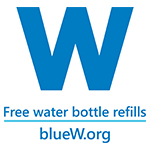
Canadian based BlueW.org shows over 27.000 free refill stations on its website, mainly across Canada. Refill stations include public and private tap points. The map can be easily accessed through your mobile.
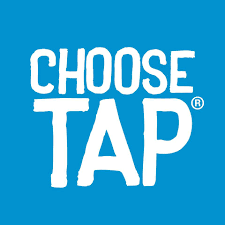
Choose Tap features thounsands water refill venues in public areas and local businesses, mainly in Australia. You can help them grow by adding new refill points.
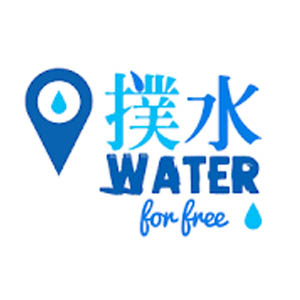
Water for free promotes the refilling culture across Hongkong. It features free refill points in public areas and local venues. Users can add new refill points. Water for free also offers a ‘fountain rental service’.
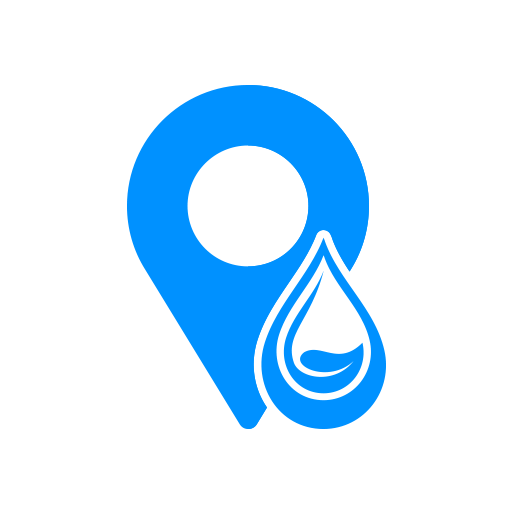
BluHop™ was initiated by a (at that time) 14th year old Indian boy. The app shows refill points in India (free and paid). These include water vending machines, drinking water fountains and our other refill partners.
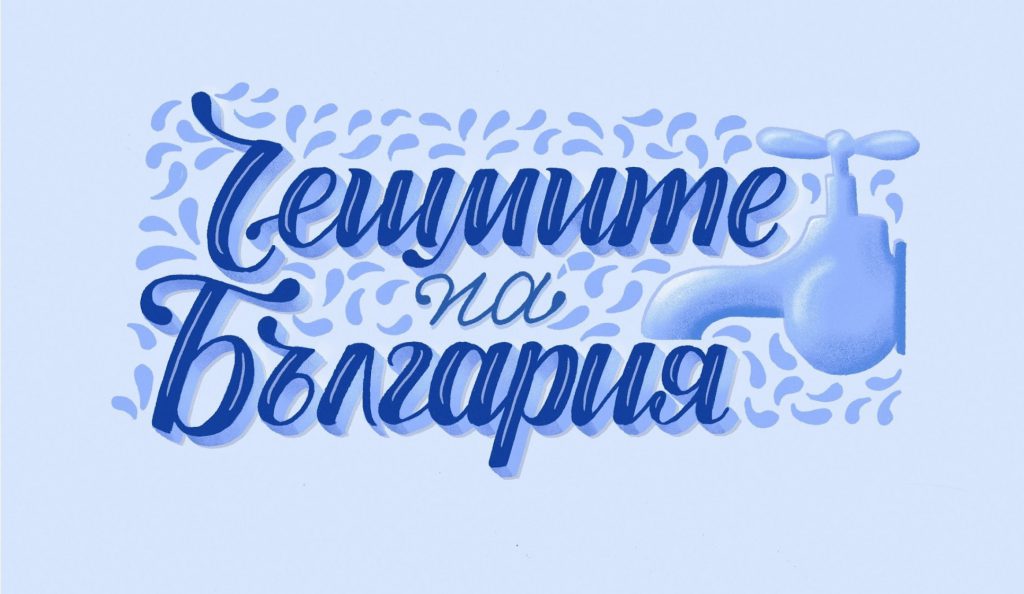
Zero Waste Sofia maps around 1.000 water fountains and some refill stations in venues across Bulgaria. The map is placed on the website (not as an app) and users can suggest new stations. The blog has amazing zero waste tips.
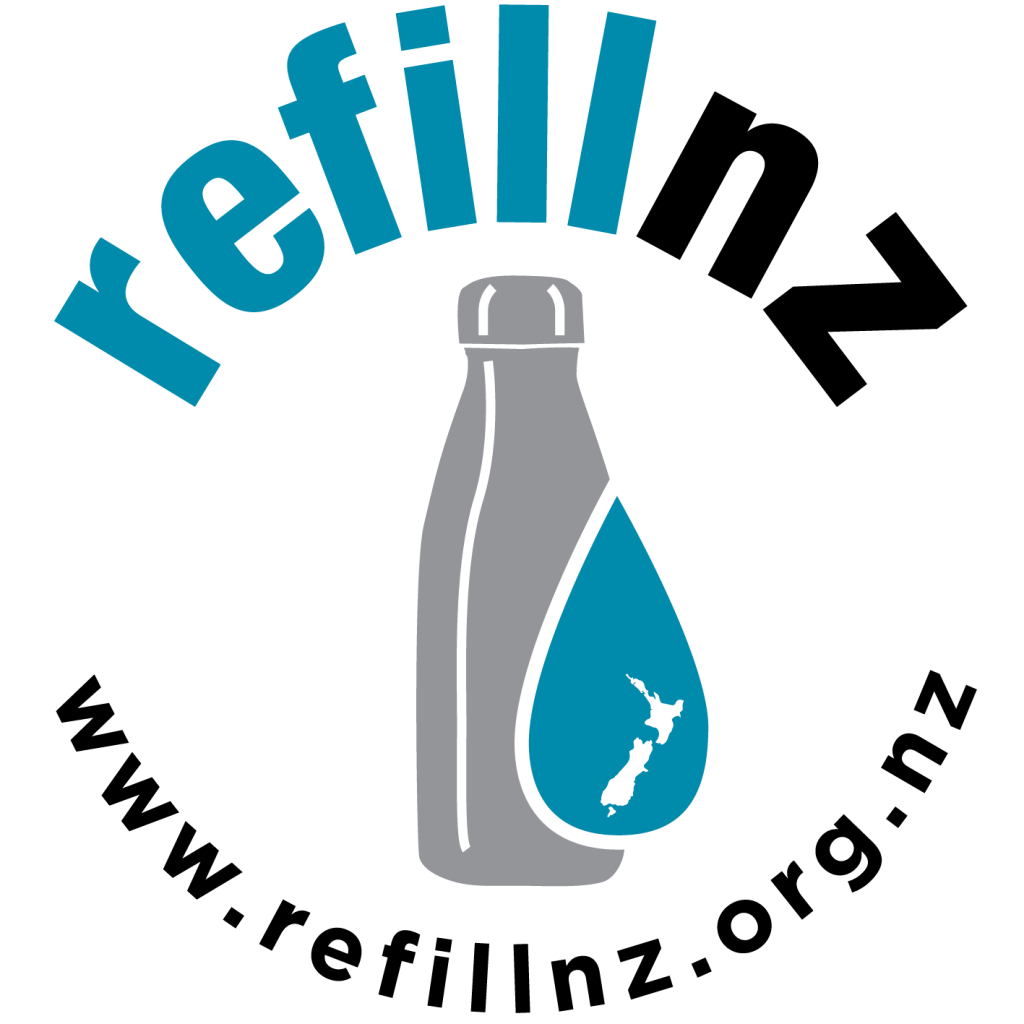
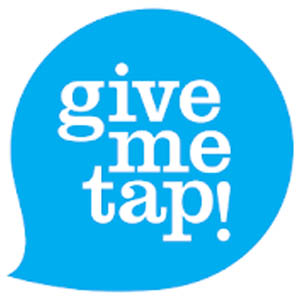
Give me tap! is a social enterprise that serves clean drinking water in Ghana for every bottle that is being sold. With a Give Me Tap bottle, you get free water refills in >800 stores in >150 cities, mainly in the U.K.
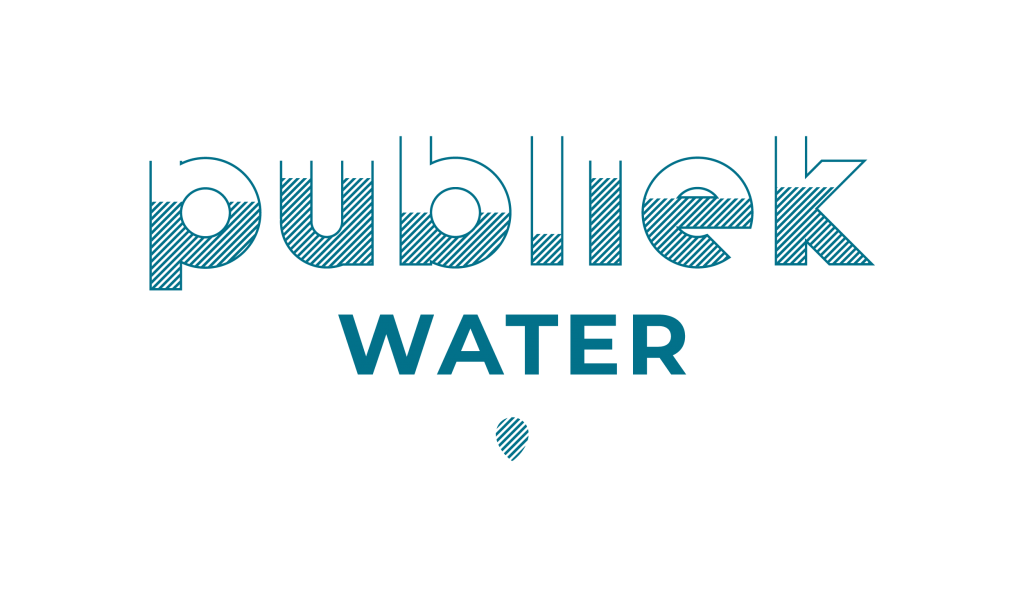
Publiek Water has listed alomst 400 refill stations in venues (shops, bars, etc.) across the Netherlands
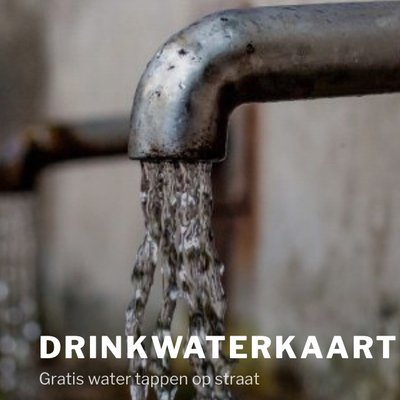
Drinkwaterkaart shows over 1.500 public fountains in the Netherlands. The map is available online (not as an app). The websie also displays free toilets and free swimming areas.
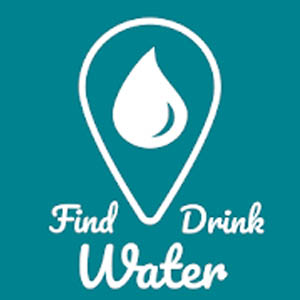
Find Drink Water shows free public fountains in some part of the Netherlands. The map is incomplete.
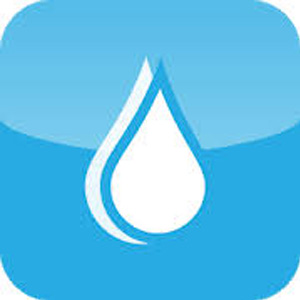
Tap Water Ljubljana shows, as the name suggests, a handful of free public fountains in Ljubljana (Slovenia). We found a similar app, NS TAP WATER for the city of Novi Sad, Serbia.
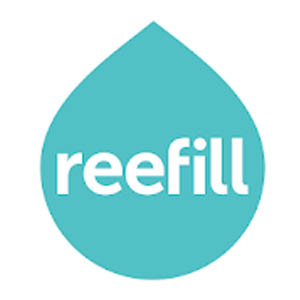
The concept behind Reefill is to offer refill subscriptions for $1.99 / month (chilled and filtered water). Target area: New York City. The app is currently undergoing improvements and does not display refill stations.
WHY IS THERE NO REFILL AMBASSADORS APP?
Refill Ambassadors wants you to find water refill points as easy as possible. Wherever you are. Without the need to download 10 different apps. We do not want to reinvent the wheel by building another app to locate your nearest refill point. Therefore we add new refill points to existing refill apps with a global coverage (Refill, Closca, RefillMyBottle and/or mymizu).
We think it’s a good thing that multiple organisations stimulate the refill movement, yet it also complicates things. Are these apps competing with each other or can they collaborate? We believe in the latter. What if data from all these apps can be combined using API? For example, you just type “water” or “water refill” in Google Maps and it will show you all nearest locations. Similar when searching for an ATM or restaurant. We believe this will be the future step.
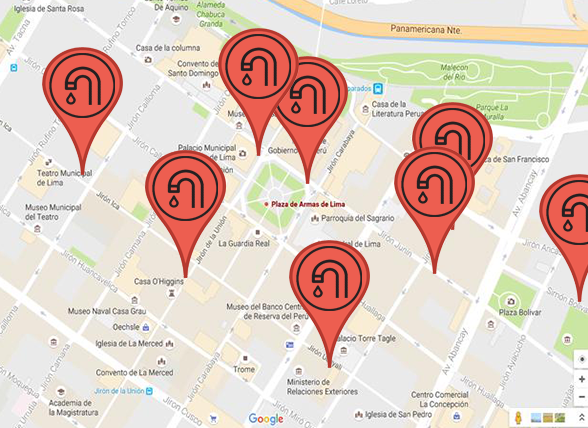
DO YOU KNOW MORE WATER REFILL APPS?
We did our best, but probably missed a refill app or two. Leave your comment behind, so we can update this blog.
This blog is an updated version of our previous blog, published in July 2018. We added new refill apps and updated relevant data.
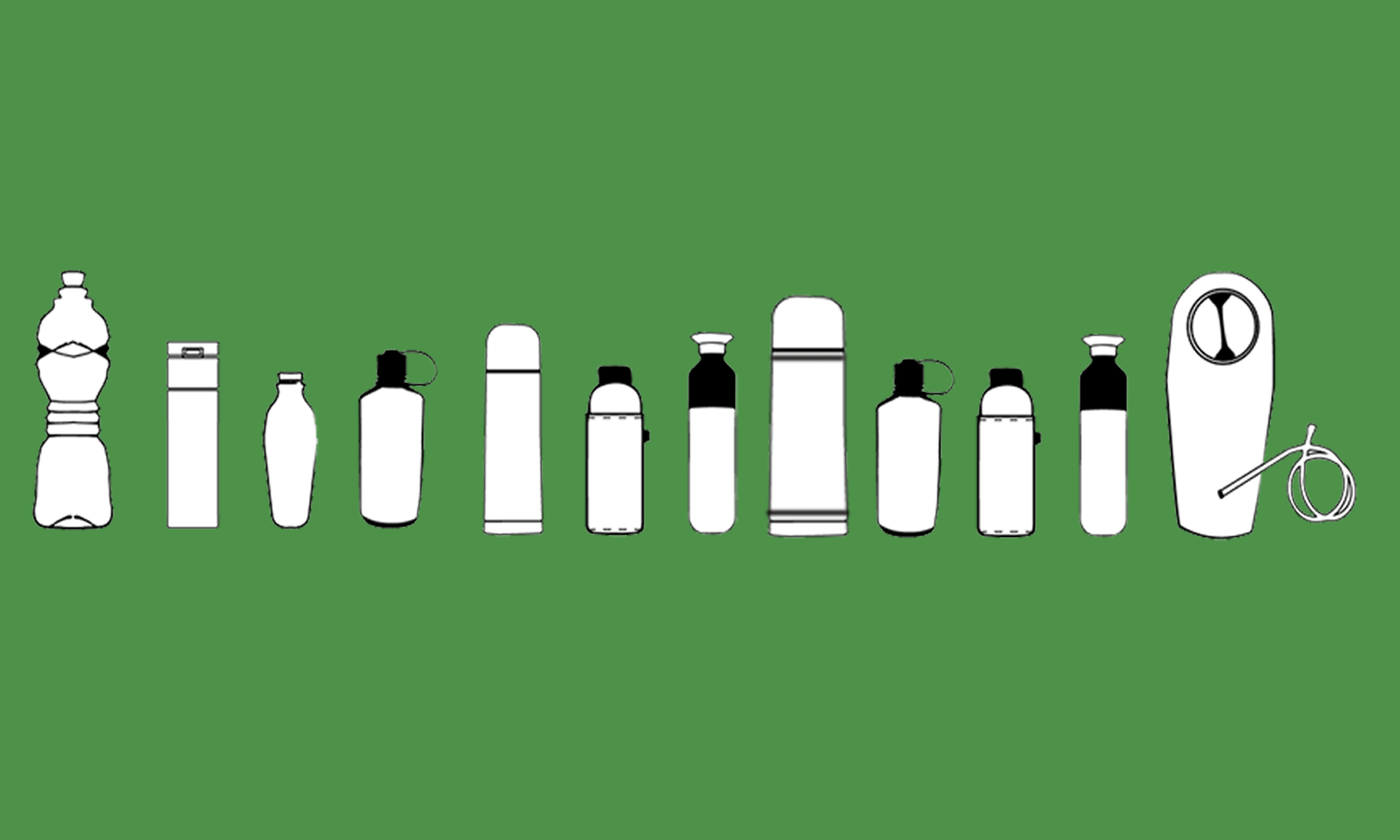

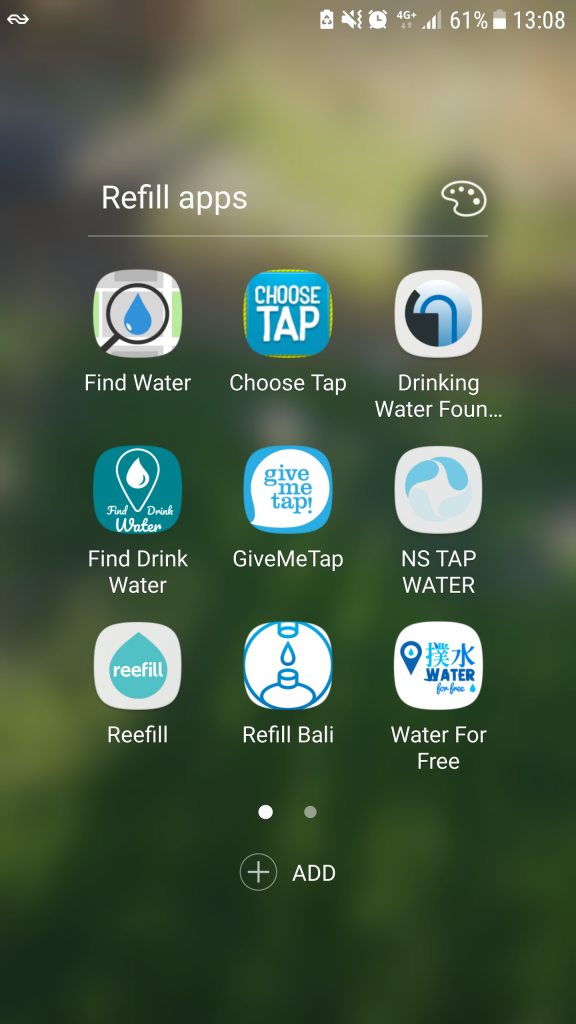
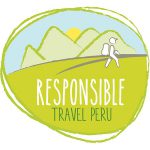 That’s exactly what RESPONSible Travel Peru has been doing. During the past months, they organised several sustainability workshops throughout Peru. Including tips about how to become a refill station. We got curious and asked Daniel Muñoz all about it.
That’s exactly what RESPONSible Travel Peru has been doing. During the past months, they organised several sustainability workshops throughout Peru. Including tips about how to become a refill station. We got curious and asked Daniel Muñoz all about it.